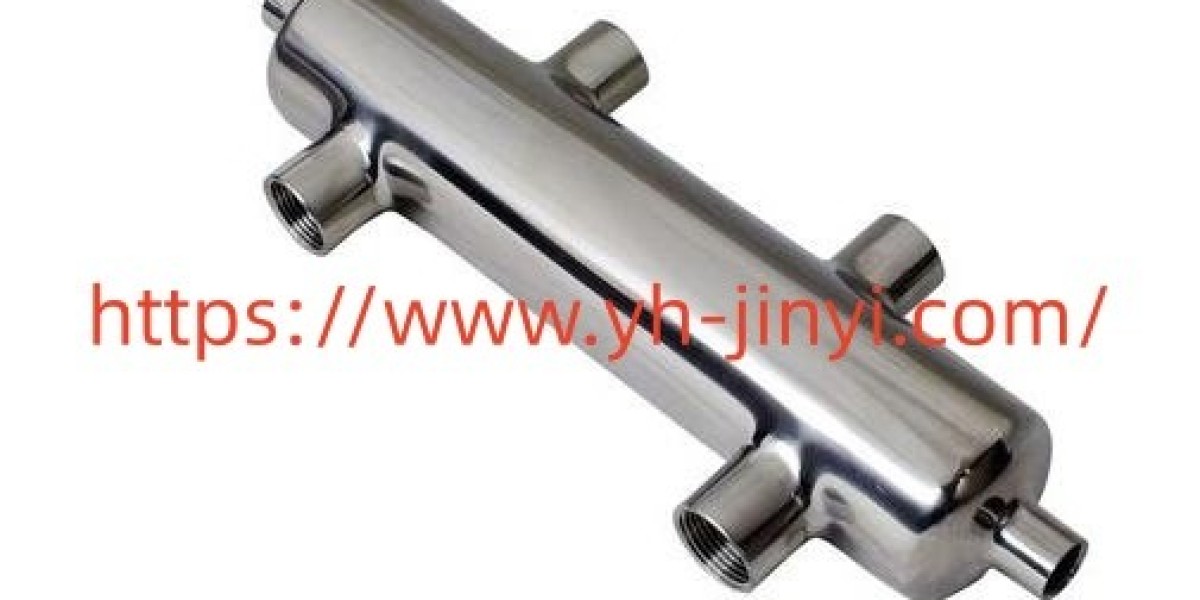Decoupling Tank technology plays an important role in managing the circulation balance between interconnected system loops. When heating or cooling equipment operates with multiple pumps, pressure variations can influence flow distribution, temperature stability, and long term performance. Introducing a separation component creates a more controlled environment, supporting smoother system operation across various demand conditions.
One of the primary functions of this component is to ease interaction between pumps. In many systems, the primary and secondary circuits operate with different flow requirements. Directly connecting them may cause pressure fluctuations, inconsistent circulation, or noise. A separation chamber helps isolate the two sides, allowing each loop to function according to its own needs without creating interference. This separation assists in achieving a steadier and more predictable operating pattern.
Flow stability also benefits from better temperature mixing. When circulation remains constant, heat exchange equipment can operate more evenly, minimizing abrupt temperature shifts. This controlled behavior supports comfortable indoor environments and helps prevent unnecessary stress on connected equipment. Installers often use this method when handling larger systems or layouts with varying load demands throughout the day.
The structure of the tank plays a role in balancing velocity. The internal chamber reduces turbulence, enabling water to move gently between loops. This reduction in velocity change helps protect sensitive components such as valves or heat exchangers from sudden impact forces. Additionally, quieter operation contributes to a more pleasant indoor experience, especially in residential or office environments where noise reduction is appreciated.
Properly integrating this component requires evaluating circulation patterns and equipment arrangement. Installers typically analyze pump capacity, pipe layout, loop length, and expected demand variations before determining the best position for the separation tank. A well-planned installation encourages steady operation and supports long term system reliability.
Material selection contributes to service life and operational consistency. Tanks made with corrosion resistant surfaces maintain clean internal flow channels. Smooth interiors help prevent sediment buildup and allow circulation to remain predictable. Brands like JINYI continue to refine material quality to meet diverse installation environments while keeping designs practical for daily use.
System maintenance becomes easier with the correct separation method. By reducing strain on pumps and stabilizing flow circulation, the tank contributes to lower operational stress. Regular inspections and routine cleaning are generally simple, as the layout provides clear access points. This approach helps minimize downtime and allows the system to function efficiently across extended service periods.
Another practical advantage is the improved control offered to secondary loops. Zones with independent loads can receive more consistent flow without being affected by changes occurring in the primary side. This supports comfortable indoor conditions and helps maintain balanced performance even during demand fluctuations.
In multi-zone environments, regulating flow without separation may lead to internal conflicts, such as backflow or uneven heating. With a separation tank in place, these issues become less likely. Installers often use this approach in buildings with mixed-use spaces where different areas require unique temperature settings. The result is a more adaptable system structure that suits various configurations.
JINYI provides designs suitable for different project needs, focusing on structural integrity and practical installation. The brand aims to support installers with components that match diverse flow patterns and building layouts. As system designs evolve, separation tanks continue to play a valuable role in promoting smooth operation and efficient energy use.
When selecting equipment for flow management, evaluating pump interaction, loop balance, and load fluctuation helps determine whether separation is beneficial. A well-installed unit contributes to overall stability, improved comfort, and dependable circuit performance. Additional product options and specifications can be viewed at https://www.yh-jinyi.com/product/ to support different system configurations.








